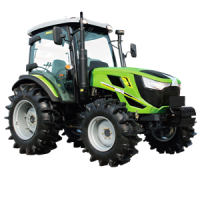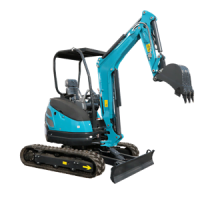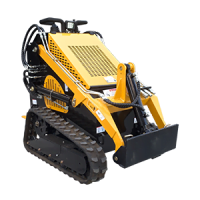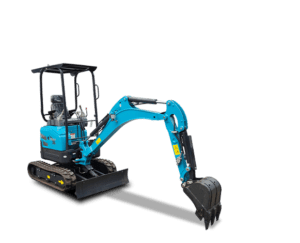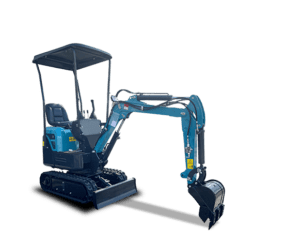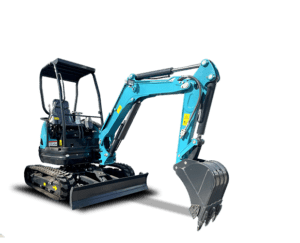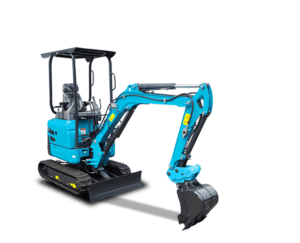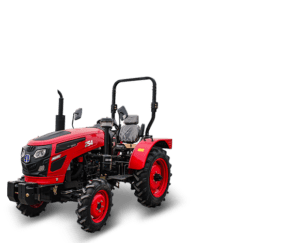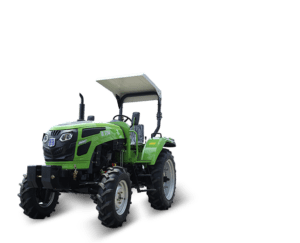Шаньдун Qilu Industrial Co., Ltd.
Ведущий мировой разработчик и производитель экскаваторов, погрузчиков и сельскохозяйственных тракторов
Категории продуктов машинного оборудования qilu
Предоставить вам разумное решение
Shandong Qilu Industrial Co., Ltd. является профессиональным производителем и экспортером, занимающимся разработкой и производством мини-экскаваторов, погрузчиков и тракторов. Мы предоставляем лучший сервис, абсолютно.
Предпродажное обслуживание
Послепродажное обслуживание
Контроль качества
О нас
Воспроизвести видео Qilu
ODM / OEM / ОПТОВАЯ ПРОДАЖА
Воспроизвести видео о продукте
ЭКСКАВАТОР / ТРАКТОР / ПОГРУЗЧИК
Специалист по
Экскаватор/трактор/погрузчик
Мы являемся профессиональным производителем и экспортером, занимающимся разработкой и производством экскаваторов, погрузчиков и тракторов.
Видео дисплей операции
На YouTube у нас есть видео с отзывами клиентов, видео различных моделей экскаваторов, тракторов, погрузчиков. Все показано на ютубе.
Избранная информация
Малые тракторы: большая производительность, компактный размер
Узнайте, как небольшие тракторы обеспечивают большую производительность в ограниченном пространстве. Идеально подходит для ферм, ландшафтного дизайна и многого другого.
Компактные тракторы: ваш лучший партнер на ферме
Изучите возможности компактных тракторов для фермерства, ландшафтного дизайна и повседневных задач на земле. Узнайте, как выбрать, использовать и обслуживать своего лучшего партнера по ферме.
Выбор подходящего тракторного сельскохозяйственного оборудования
Выбор подходящего тракторного сельскохозяйственного оборудования подразумевает понимание задач, рельефа местности, производственного цикла и долгосрочных целей.
Свяжитесь с нами сегодня!
Любой вопрос, цитата или запрос? Нажмите кнопку, чтобы отправить сообщение.
Qilu Industrial всегда придет на помощь.

